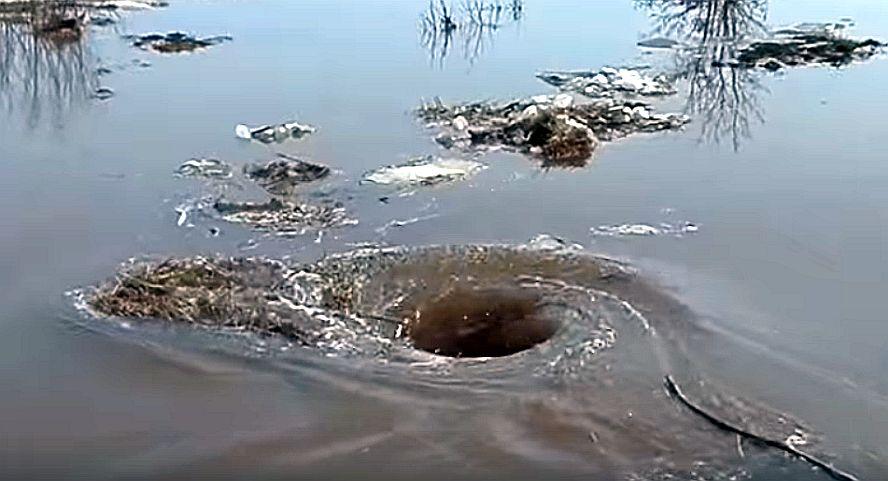The so-called amazing monstrous whirpool of Dviete, Latvia, has captured the attention of tens of millions over the past several years.
It’s a pretty mesmerizing scene, as the whirpool sucks everything down.


The so-called amazing monstrous whirpool of Dviete, Latvia, has captured the attention of tens of millions over the past several years.
It’s a pretty mesmerizing scene, as the whirpool sucks everything down.